#fatal interview
Explore tagged Tumblr posts
Text

Edna St. Vincent Millay, Fatal Interview: from 'Now by this moon, before this moon shall wane...'
#edna st. vincent millay#fatal interview#now by this moon before this moon shall wane#poetry#excerpts#death
271 notes
·
View notes
Photo



Another thing I made on May 1st: my own copy of Edna St. Vincent Millay’s Fatal Interview. See, I’m working on a new project, which is, much like Fatal Interview, a sonnet sequence inspired by a love affair. I decided I needed a copy of the book to have near me while I work on it. I looked for used copies online; found some that weren’t too expensive but were still a greater expense than I can justify right now. Then I thought I’d just have to content myself with the .pdf, which, ugh. Then I remembered that I’ve got some amateur book-binding skills, so I printed out the book and made my own cover for it and stitched it all together with twine, and honestly this makes it even more special than if I’d purchased a copy.
(May 1, 2023)
#jessie lynn mcmains#my photos#book binding#edna st. vincent millay#fatal interview#diy? because i gotta
20 notes
·
View notes
Text




Shall we? Here? Now? It's a roomy box.
#the way armand's holding onto lestat's fingers. fatality.#lesmand#interview with the vampire#iwtvedit#edits
1K notes
·
View notes
Text
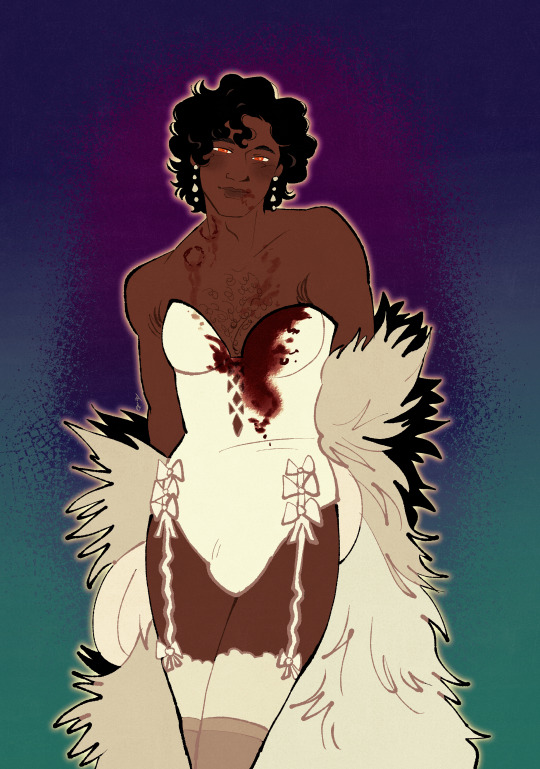
armand de gorgeous
#my art#fishfingersandscarves#iwtv#iwtv amc#amc iwtv#interview with the vampire#the vampire armand#femme........FATAL..(e)#illustration#blood cw
618 notes
·
View notes
Text







#i may have posted some of these before#pretend i haven't#femme fatale#dark femininity#siren aesthetic#coquette#dark red#hyper feminine#girlblogging#tumblr girlies#interview with the vampire#vampires#dark coquette#this is a girlblog#2014 tumblr#lana del rey#cinnamon girl#lizzy grant#girl interrupted#nosferatu#60s#90s#gothic#elvira#vintage#dark feminine aesthetic#romantic goth#the countess#dracula#american horror story
366 notes
·
View notes
Text

top ten most insanest decisions ever made even m night shyamalan on shrooms couldn’t have written things that happen in louis’ brain on a random thursday afternoon.
#i was like LOUISSSD GIRL WHAT ARE YOU DOING#his dramatic ass istg#femme fatale but make her shoot herself in the foot#interview with the vampire#amc iwtv#iwtv#loustat#loumand#louis you’re truly something#ldpdl#louis de pointe du lac#lestat de lioncourt#the vampire armand
361 notes
·
View notes
Text
#amelia dimoldenberg#chicken shop date#andrew garfield#pretty#lol#comedy#interest#interview#video#boys#laissez faire#femme fatale#flirting#blushing#rizz#red carpet#op#is it me#tis me#rpf#irl
75 notes
·
View notes
Text
🥀 Queen Mother of Vampires:
Akasha of Egypt
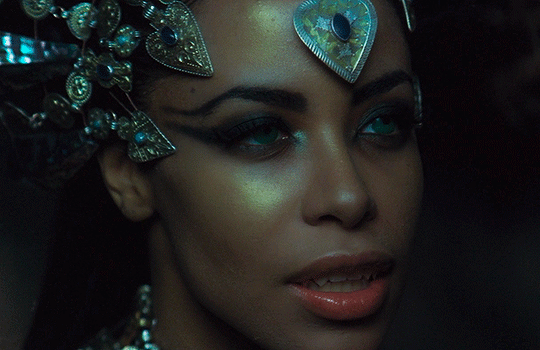
“I’d thought I knew what beauty was in women; but she’d surpassed all the language I had for it.”
-Lestat

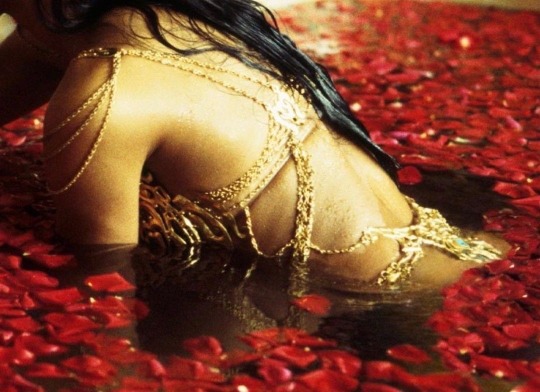
The goddess, Aaliyah Haughton as the Ancient Kemite (presently known as Egyptian) Queen, “Akasha” in the film “Queen of the Damned.” (2002)

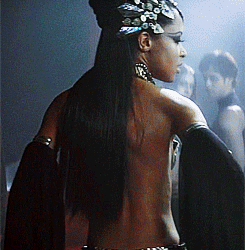
#the art of seduction#anne rice#queen of the damned#dark feminine energy#divine feminine#witchcraft#vampire#dark academia#sirencore#lilith#pluto#mythology#thoth#egypt#ancient egypt#isis goddess#sekhmet#nefertiti#feminine#femme fatale#femininity#goddess#astrology#vampire diaries#ancient kemet#venus#girl blogger#lestat de lioncourt#louis de pointe du lac#interview with the vampire
162 notes
·
View notes
Text

The framed art on the wall in this scene is Louis Icart's Salome (1928).
Salome is known for her role in the death of John the Baptist, where she requested, upon being able to satisfy Herod with her dance, to be presented with his head. She was a popular depiction in the earlier half of the 20th century, and late 19th century, being seen as representation of the ultimate femme fatale - a character archetype of a woman out to achieve some aim and who, through her desirability, leads men to their doom.
There are arguably 3 femme fatales in this room.
(Larger image of artwork below)
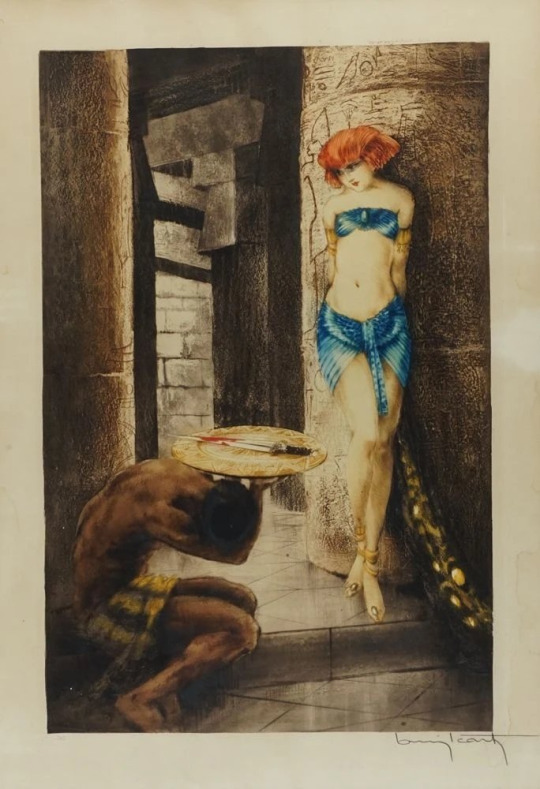
#I don't have any clever extra analysis on this one I think it speaks mostly for itself#though I wonder why the set department went with choosing this particular piece and not one of the more classical ones with the actual head#suppose at the time it was becoming more on trend to only show her with the plate and knife tho#Might also be too on the nose otherwise#the red hair could also be to clue us in on who’s who in this scene#there's a larger significance as to why its in THIS scene too I just... am not at full brain capacity to words that right#a side fact; another name popular for a femme fatale is 'vamp'#iwtv spoilers#iwtv episode 2x6#iwtv s2#madeleine iwtv#armand#interview with the vampire#iwtv analysis
123 notes
·
View notes
Text

HOMME-FATALE
Sam, come and collect your award 🙌
src
#lol#I love it#seriously though crossover exposure like that is amazing#also the coining of the phrase wrt to sam#just amazing#homme fatale#sam reid#iwtv cast#interview with the vampire#iwtv#amc iwtv#lestat de lioncourt#amc interview with the vampire
150 notes
·
View notes
Text
Night is my sister,
Edna St. Vincent Millay, Fatal Interview: from 'Night is my sister, and how deep in love...'
#edna st. vincent millay#fatal interview#night is my sister and how deep in love#poetry#excerpts#night
166 notes
·
View notes
Quote
Love is not all; it is not meat nor drink Nor slumber nor a roof against the rain, Nor yet a floating spar to men that sink And rise and sink and rise and sink again; Love can not fill the thickened lung with breath, Nor clean the blood, nor set the fractured bone; Yet many a man is making friends with death Even as I speak, for lack of love alone. It well may be that in a difficult hour, Pinned down by pain and moaning for release, Or nagged by want past resolution’s power, I might be driven to sell your love for peace, Or trade the memory of this night for food. It well may be. I do not think I would.
Edna St. Vincent Millay, Sonnet XXX from Fatal Interview
15 notes
·
View notes
Text

#lana del rey#lana del ray aesthetic#lana is god#lana unreleased#lana del ray aka lizzy grant#i just want to be thin#hell is a teenage girl#im just a girl#girl interrupted#girl interupted syndrome#girlhood#manic pixie dream girl#girlcore#girl crush#girlblogging#girl blogger#girlblogger#this is what makes us girls#just girly thoughts#this is a girlblog#just girly things#interview with the vampire#the virgin suicides#coquette#bell jar#female hysteria#fyp#femme fatale#feminism#4norexla
28 notes
·
View notes
Text

Gal by Chris Colls for Interview
39 notes
·
View notes
Text




vampire chic!
#vampire#femme fatale#dark femininity#siren aesthetic#vampire aesthetic#morute#girlblogging#coquette#hyper feminine#tumblr girlies#this is a girlblog#2014 tumblr#lana del rey#cinnamon girl#lizzy grant#girl interrupted#dark coquette#dark academia#dark red#gothic coquette#gothic#ethel cain#southern gothic#american gothic#60s#the countess#interview with the vampire#buffy the vampire slayer#mary janes#vintage
157 notes
·
View notes
Text
daniels daughter #1: hi
armand: i used to put a bottle in a bra to pretend to breastfeed you
#im sorry had to immortalize this for myself#because no matter who alice is this happened#but also i declare that daniel had baby 1 with some random fellow addict and armand#helped him raise the baby for a year before he cleaned up and married alice#who thought they were pretending the kid was hers for the babys sake#but no its armand mind mash fatal attraction dinner lucifer at sam’s cradle cryptid mother hours#breaking news! deadbeat dad doesn’t know daughters real age#the second daughter armand just has a biblical amount spy reports on#interview with the vampire#iwtv#armand#daniel molloy#devils minion
44 notes
·
View notes